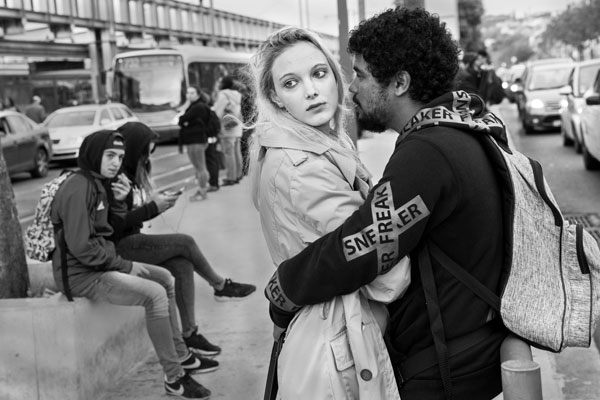See This Report on Framing Streets
See This Report on Framing Streets
Blog Article
What Does Framing Streets Mean?
Table of ContentsThe 10-Second Trick For Framing StreetsLittle Known Questions About Framing Streets.The Single Strategy To Use For Framing StreetsFraming Streets Things To Know Before You BuySee This Report on Framing StreetsWhat Does Framing Streets Mean?
, generally with the objective of capturing pictures at a definitive or touching moment by mindful framing and timing. https://www.slideshare.net/davidturley33101.
His boots and legs were well defined, however he is without body or head, because these were in activity." Charles Ngre, waterseller Charles Ngre. https://parkbench.com/directory/framingstreets1 was the first professional photographer to acquire the technological elegance called for to register people in activity on the road in Paris in 1851. Professional Photographer John Thomson, a Scotsman collaborating with reporter and social activist Adolphe Smith, released Road Life in London in twelve regular monthly installations starting in February 1877
Indicators on Framing Streets You Need To Know
Eugene Atget is considered as a progenitor, not because he was the very first of his kind, however as an outcome of the popularisation in the late 1920s of his record of Parisian roads by Berenice Abbott, that was influenced to undertake a similar paperwork of New york city City. [] As the city created, Atget helped to promote Parisian streets as a worthy topic for digital photography.

Framing Streets Can Be Fun For Everyone
Martin is the very first videotaped digital photographer to do so in London with a masked video camera. Mass-Observation was a social research study organisation established in 1937 which intended to videotape daily life in Britain and to videotape the reactions of the 'man-in-the-street' to King Edward VIII's abdication in 1936 to wed separation Wallis Simpson, and the succession of George VI. The principal Mass-Observationists were anthropologist Tom Harrisson in Bolton and poet Charles Madge in London, and their first record was generated as the book "May the Twelfth: Mass-Observation Day-Surveys 1937 by over 2 hundred observers" [] Home window cleaner at Kottbusser Tor, Berlin, by Elsa Thiemann c. 1946 The post-war French Humanist College photographers found their topics on the road or in the bistro. Between 1946 and 1957 Le Groupe des XV annually exhibited work of this kind. Andre Kertesz. Circus, Budapest, 19 May 1920 Road digital photography developed the significant content of 2 exhibitions at the Museum of Modern Art (Mo, MA) in New York curated by Edward Steichen, 5 French Digital Photographers: Brassai; Cartier-Bresson, Doisneau, Ronis, Izis in 1951 to 1952, and Post-war European Photography in 1953, which exported the concept of road digital photography internationally.

See This Report about Framing Streets
, after discover this that a teacher of young children, connected with Evans in 193839.'s 1958 book,, was substantial; raw and typically out of emphasis, Frank's photos questioned conventional digital photography of the time, "tested all the official rules laid down by Henri Cartier-Bresson and Walker Evans" and "flew in the face of the wholesome pictorialism and sincere photojournalism of American magazines like LIFE and Time".
Report this page